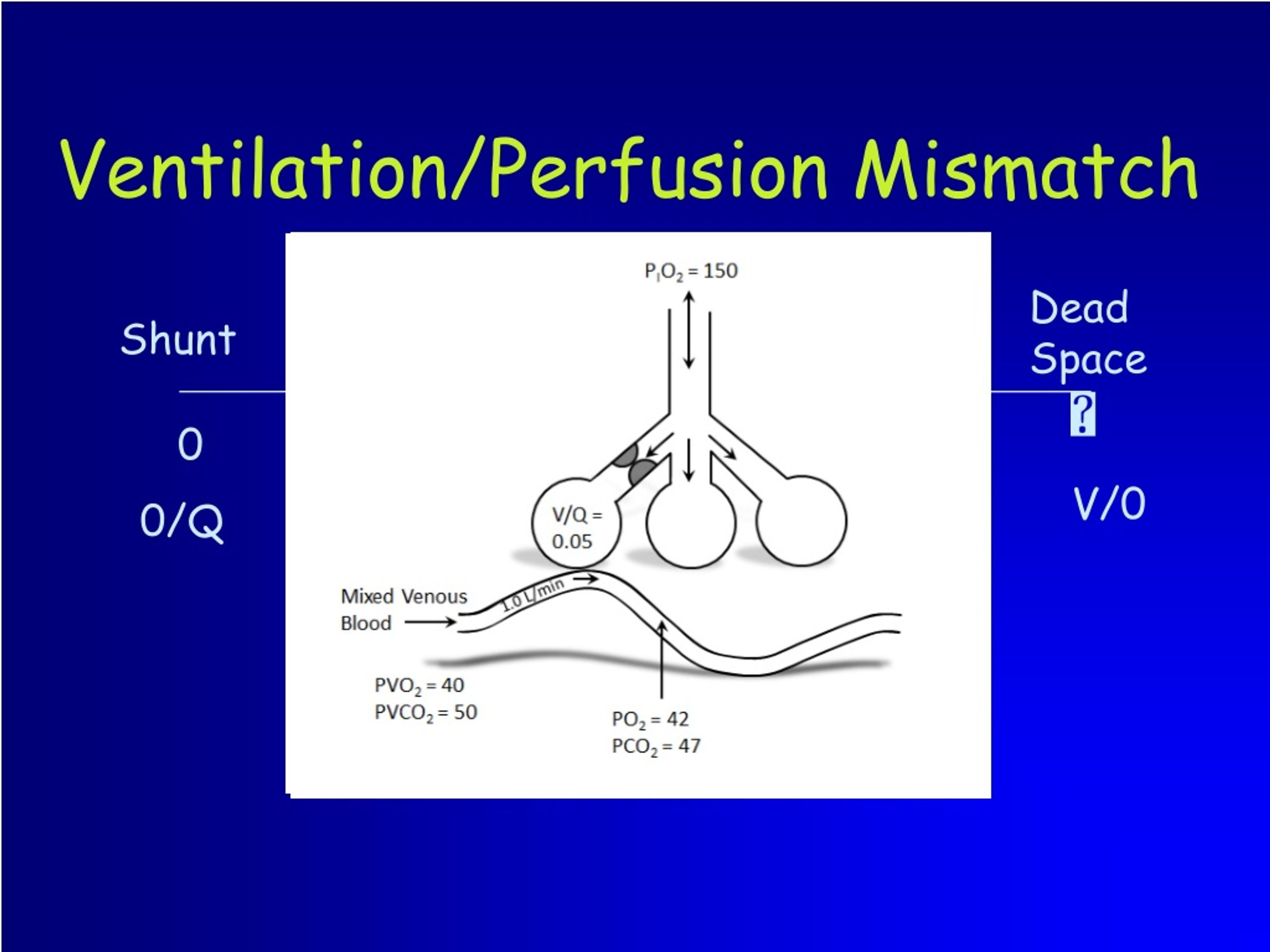

How do you calculate desired minute ventilation? Minute ventilation = VE = TV x f At rest, a normal person moves ~450 ml/breath x 10 breath/min = 4500 ml/min. It is equal to the tidal volume (TV) multiplied by the respiratory rate (f). Minute ventilation (VE) is the total volume of gas entering (or leaving) the lung per minute. Which equation shows calculation of the minute volume? In the normal subject MVV is about 15 to 20 times the resting minute volume. Maximal voluntary ventilation (MVV), also referred to as maximal breathing capacity (MBC), is defined as the maximum minute volume of ventilation that the subject can maintain for 12 to 15 s. Minute ventilation can double with light exercise, and it can exceed 40 Lpm with heavy exercise. Tidal volumes of 500 to 600 mL at 1214 breaths per minute yield minute ventilations between 6.0 and 8.4 L, for example. Normal minute ventilation is between 5 and 8 L per minute (Lpm). It can be measured by a Wright respirometer or other device capable of cumulatively measuring gas flow, such as mechanical ventilators. Minute volume is the amount of gas inhaled or exhaled from a person’s lungs in one minute. V d V t = P A C O 2 − P e C O 2 P A C O 2 Ī common step is to then presume that the partial pressure of carbon dioxide in the end-tidal exhaled air is in equilibrium with that gas' tension in the blood that leaves the alveolar capillaries of the lung.Minute volume is calculated by taking the tidal volume and multiplying the respiratory rate (the number of breaths per minute a person is taking). The original formulation by Bohr, required measurement of the alveolar partial pressure P A. The Bohr equation is used to quantify the ratio of physiological dead space to the total tidal volume, and gives an indication of the extent of wasted ventilation.

It differs from anatomical dead space as measured by Fowler's method as it includes alveolar dead space. This is given as a ratio of dead space to tidal volume. The Bohr equation, named after Danish physician Christian Bohr (1855–1911), describes the amount of physiological dead space in a person's lungs. Not to be confused with the Bohr model or the Bohr effect.


 0 kommentar(er)
0 kommentar(er)
